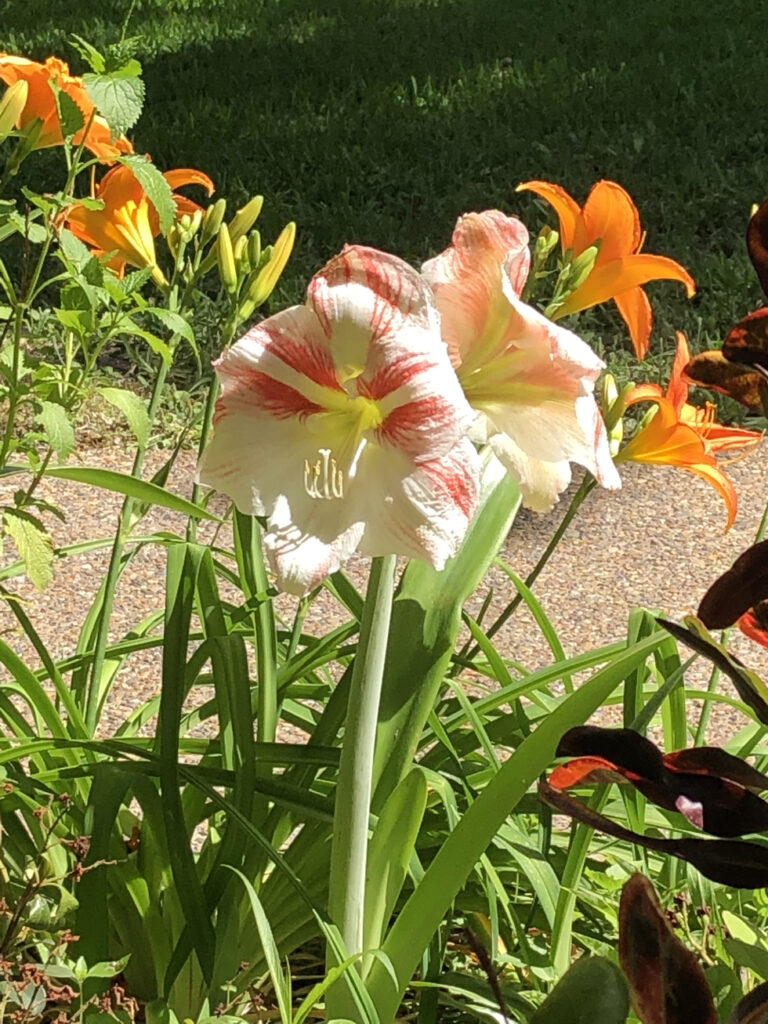- La Feria Community Holds Succesful Business Mixer Event
- Little Nashville to Take Place in Downtown Mercedes
- Lions Basketball Captures District Gold
- La Feria ISD Students Compete in Regional Chess Tournament
- Lions End First Half of 32-4A on a High Note
- La Feria ISD Held Another Successful Parent Conference
- Strong Appearance for Lions at Hidalgo Power Meet
- LFECHS Students Get to Meet Local Actress
- Students Participate in Marine Biology Camp
- Two LFECHS Students Qualify for All-State Band
Many varieties of bulbs supported by Magic Valley
- Updated: November 5, 2020

By ANN JOHNSTON
LFN
Our Magic Rio Grande Valley can support many kinds of bulbs. There are bulbs from around the world that thrive here. Gardener’s Supply Company states that “if you can dig a hole, you can plant a bulb!”
Sounds easy and it is. The majority of bulbs like at least 6-8 hours of sunlight and any kind of well-drained soil. A few enjoy lots of water- as do water lilies and cattails.

Crocus prefer the dappled light and cooler air of very early spring. Most, again, want to be planted about 6 inches under the soil. But amaryllis like to keep their shoulders above ground. So, with just a little research, bulbs can be planted easily and need little care afterward.

Hint: Dead heading, or removing spent (dead) flowers from bulbs does two things.
1.) Removing dead flowers makes the planted area look tidier.
2.) The bulb can expend its energy on more flowers and bigger, healthier bulbs instead of making seeds.

- DO NOT remove or trim leaves unless they are dead! Trimming the leaves will keep the bulb from storing food for sturdy bulbs and having flowers next year.
- There are two types of flowering bulbs- Fall and Spring. Bulbs planted in the FALL before the ground is cold will rest underground all winter and send up blooms in Spring. Bulbs planted in the SPRING grow quickly as the air and soil heat up and will bloom in Summer and Fall.
- Some bulbs must have a dormant period to rest during winter or they won’t be able to sprout or bloom a second year. Since our Valley does not provide a dormant period, these bulbs are not the best choices for our yards unless you use them as annuals.
- Some bulbs, like paper white narcissus and amaryllis, can be grown in water. But this depletes the bulb for growing another year. You can plant it in soil in pots or the ground after blooming to recharge the bulb.
- In our Valley, we don’t need to dig the bulbs up for over-wintering. We seldom have even frosts much less freezing soil.
- Again, don’t trim the leaves on bulbs. The bulbs need the green leaves for photosynthesis to make food for the bulb and blooms.
Come through the Garden Gate again next week more hints and suggestions for gardening in the Lower Rio Grande Valley.


